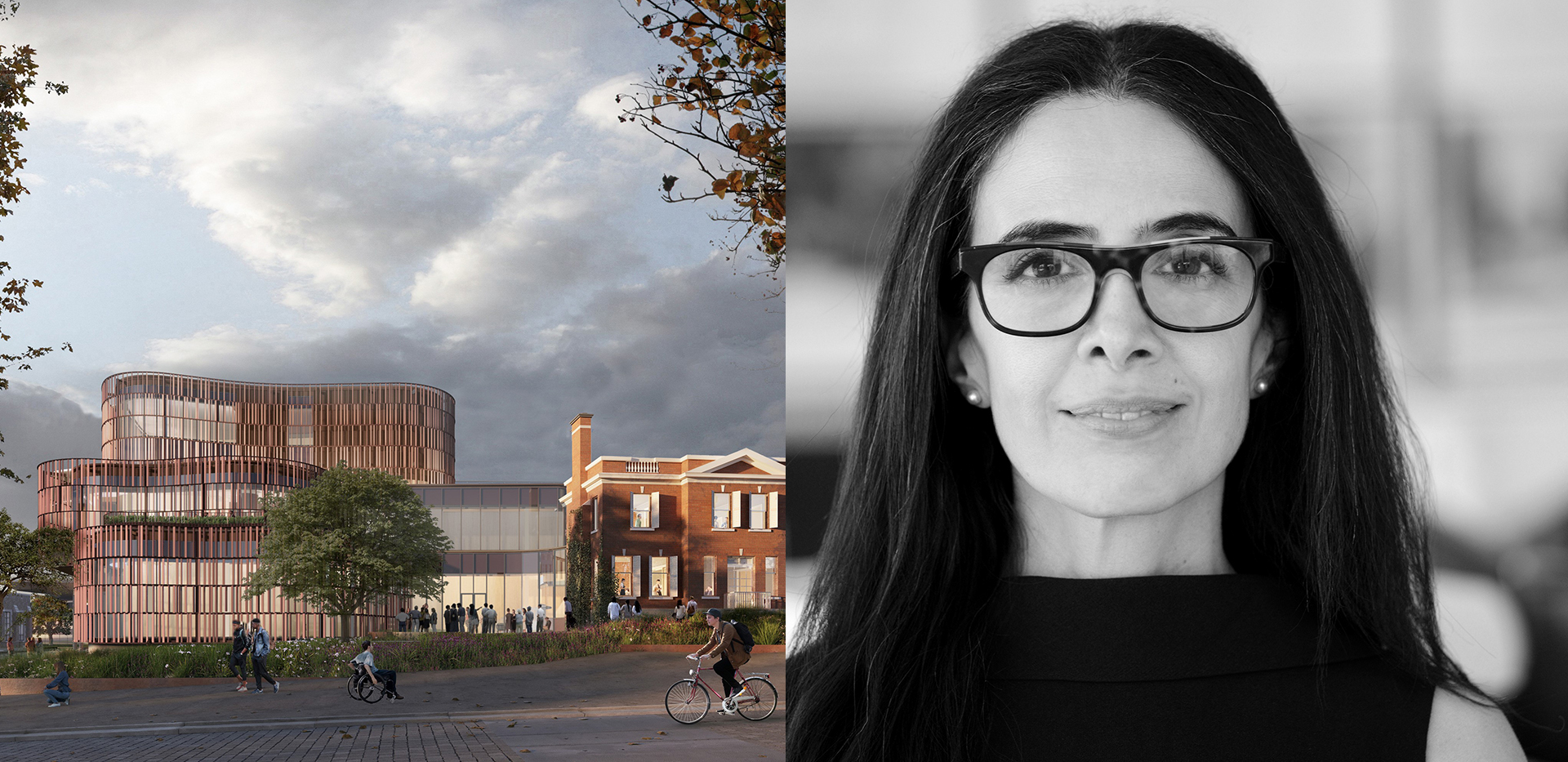How modelling envelope design early can optimize building performance and the occupant experience

Article content
October 2021
Read the full technical paper by KPMB Architects + KPMB LAB_Modelling Perimeter Thermal Energy
ABSTRACT
Thermal discomfort can occur in perimeter zones due to radiant heat loss from the occupant to a poorly insulated exterior wall. It is valuable for architects to be able to quantify this discomfort during early design stages when considering facade options. Current tools which facilitate this analysis ignore the perimeter heating systems which would normally compensate for radiant heat loss. Therefore, it is difficult to argue that one facade creates more comfortable conditions than another. This paper proposes an alternative approach for bringing thermal comfort and energy quantities into early stage design discussions. As part of the approach, the exact perimeter heating energy demand required to deliver thermally comfortable conditions is quantified. A Python model for producing this quantity is demonstrated using the example of a typical Toronto multi-unit residential building. The results showed that a unit with a High Performance facade would require 60% less perimeter heating energy than a unit with a Low Performance facade. Peak heating demand from a radiant ceiling panel ranged from 350 W to 1460 W for the highest and lowest performing facades respectively. Overall, the model is shown to be effective at assessing the performance of facades, and capable of building an argument for higher performance facades. However, future improvements should address radiant asymmetry and transmitted solar radiation.
Contributors:
Geoffrey Turnbull
OAA, LEED AP, CPHD
DIRECTOR OF INNOVATION
Jonathan Graham
SUSTAINABILITY ANALYST
David Constable
OAA, LEED AP, CPHD
PRINCIPAL
Sahana Dharmaraj
LEED Green Associate
INTERN ARCHITECT
)
)
)